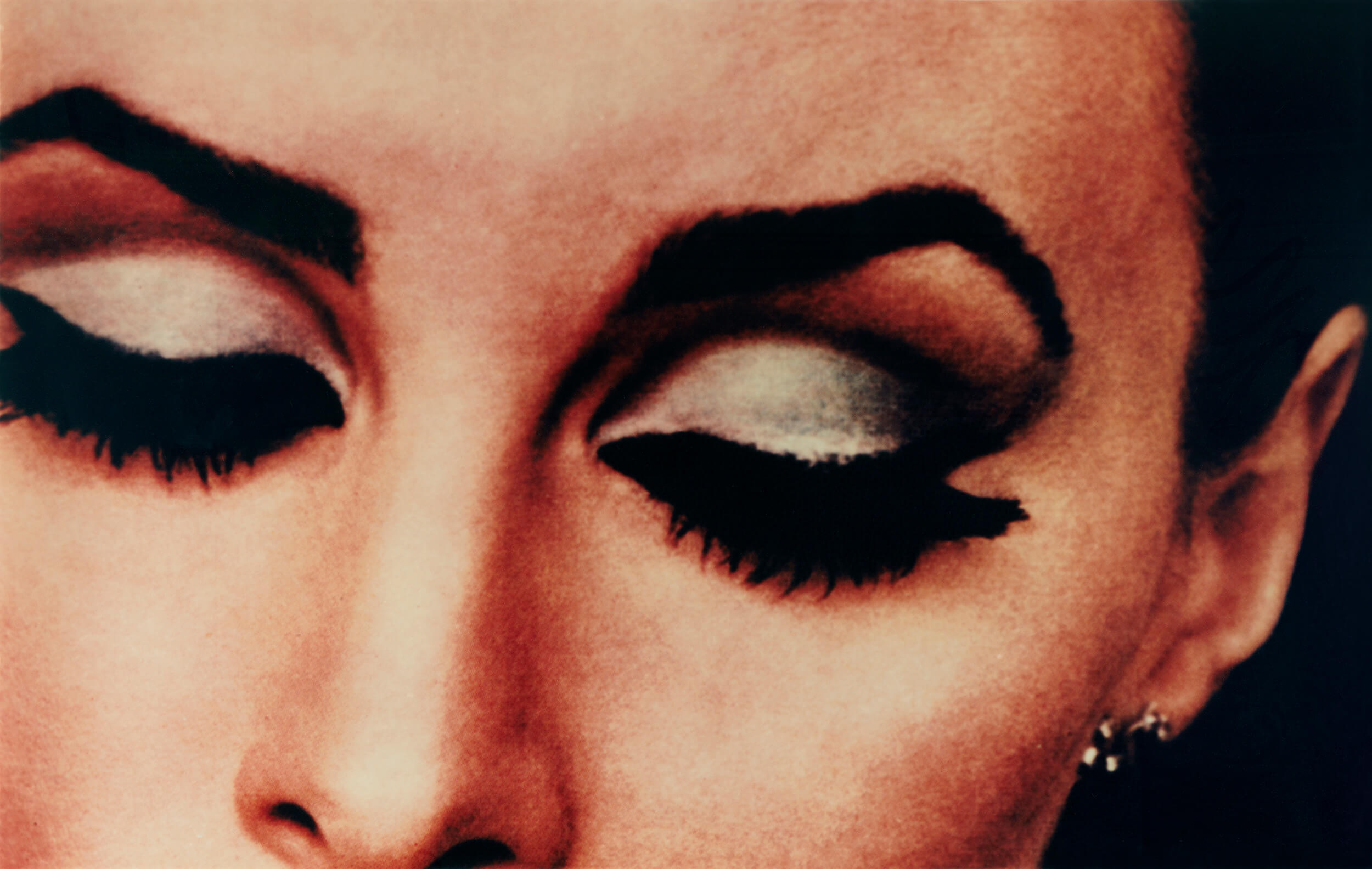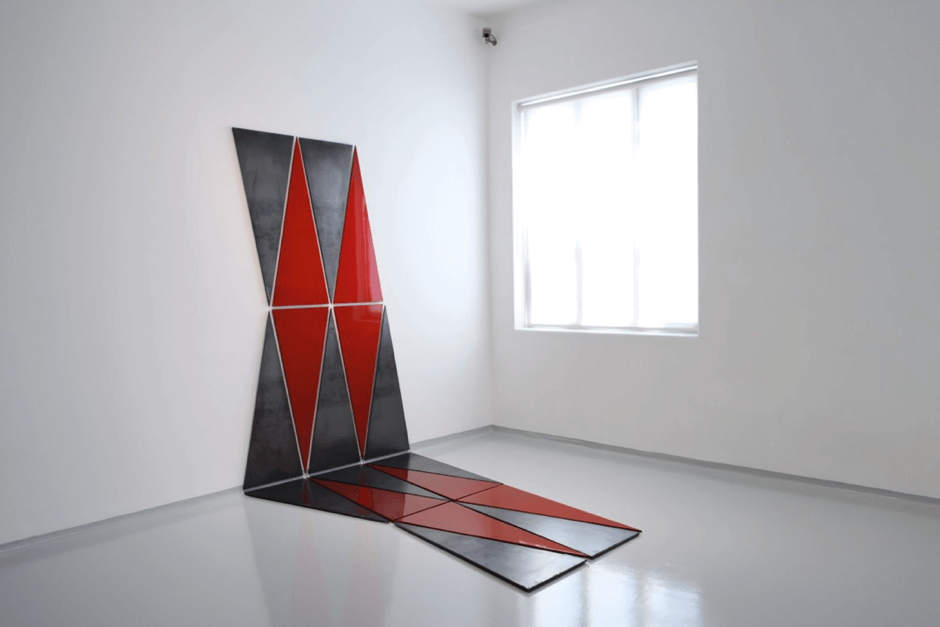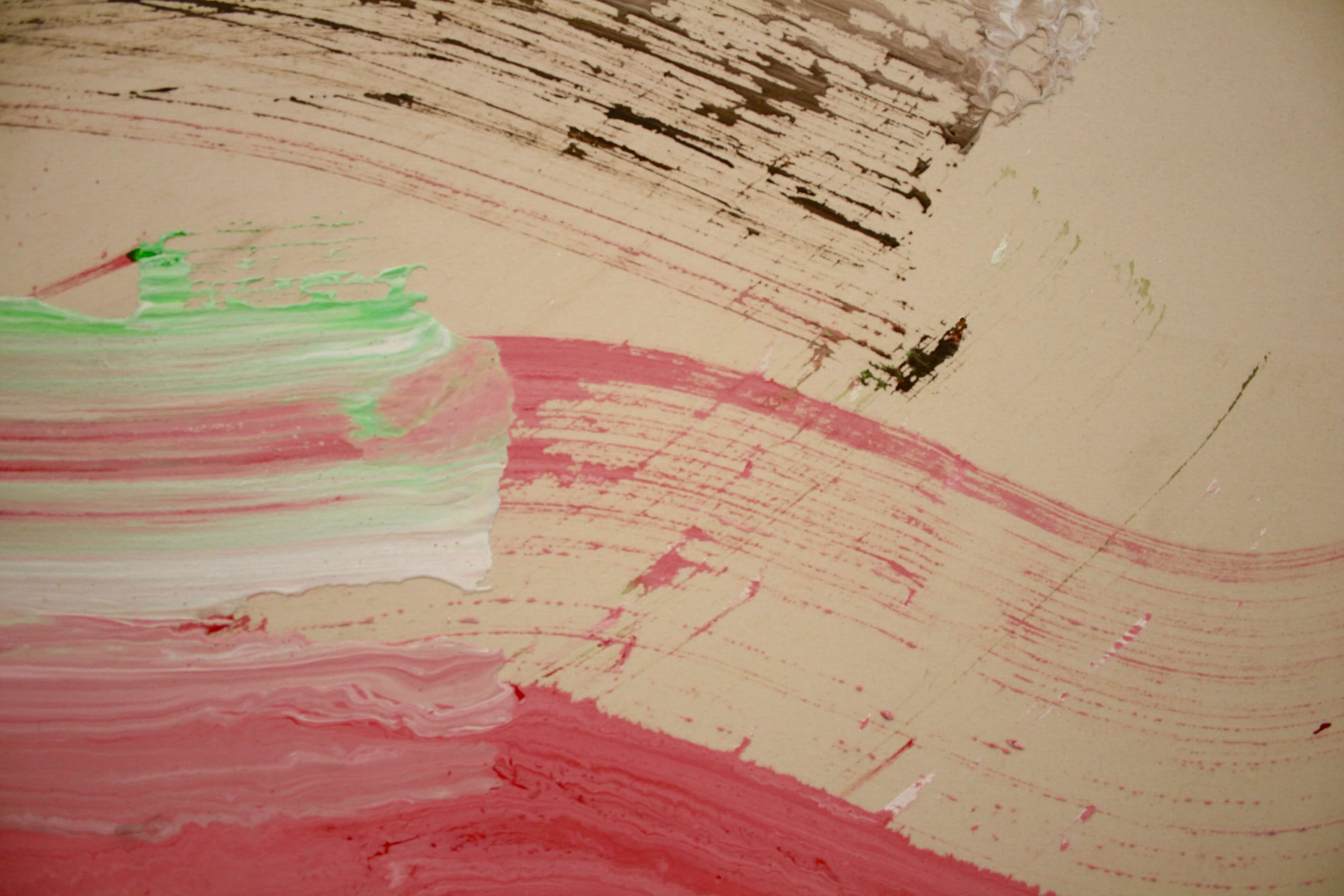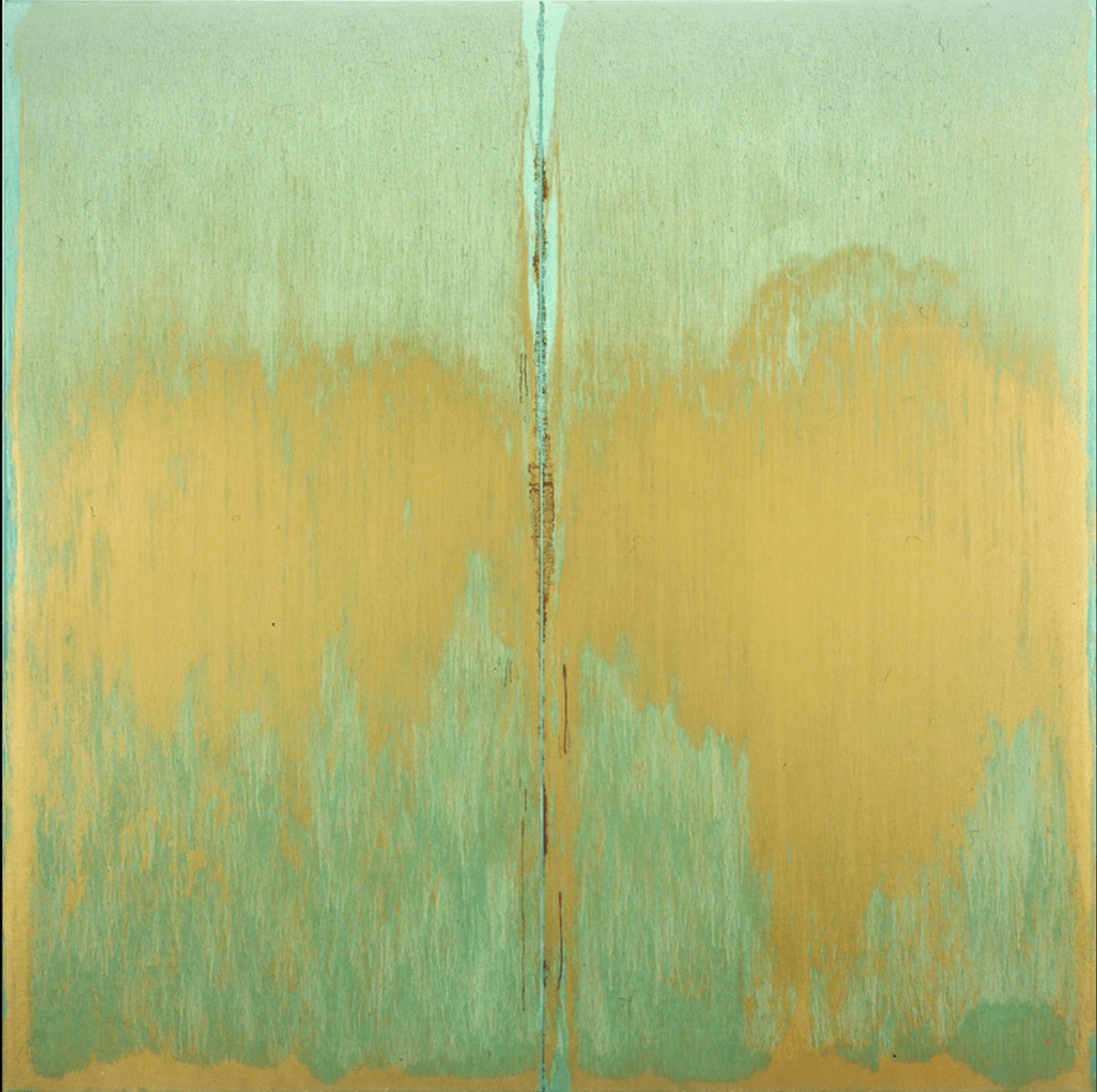Two to check out this month if you are hungry for images. Two exhibitions of works on paper, photography and collage respectively, that turn the focus onto the medium itself. Two group shows that offer a historical foundation in dialogue with current art practices. Both key for their relevance in our image-saturated age and also for their serendipity in showing works from different periods by the same artists. Just a hint: See Barbara Kruger’s powerful shout-out large frames at Skarstedt and then have a peek of a rare-to-catch small collage at Luxembourg & Dayan.
Double Take at Skarstedt, London, until April 22nd
Appropriation is the key theme here. Featuring works by leading artists from the 1960s to the present day, the exhibition looks at how different generations of artists using photography have explored the conventions of image making. Interested by the construction and manipulation of images in the media, these artists interrogate photography as a tool to reframe and to contextualise; the idea of authorship and originality and how they sit against reproduction; commodification and consumerism in contemporary culture; the power of mass-media in creating desires and aspirations. With the pervasive use of the image through social media and the internet, Double Take explores the continued power of pictures in shaping ideas of identity, gender, race, desire and sexuality.
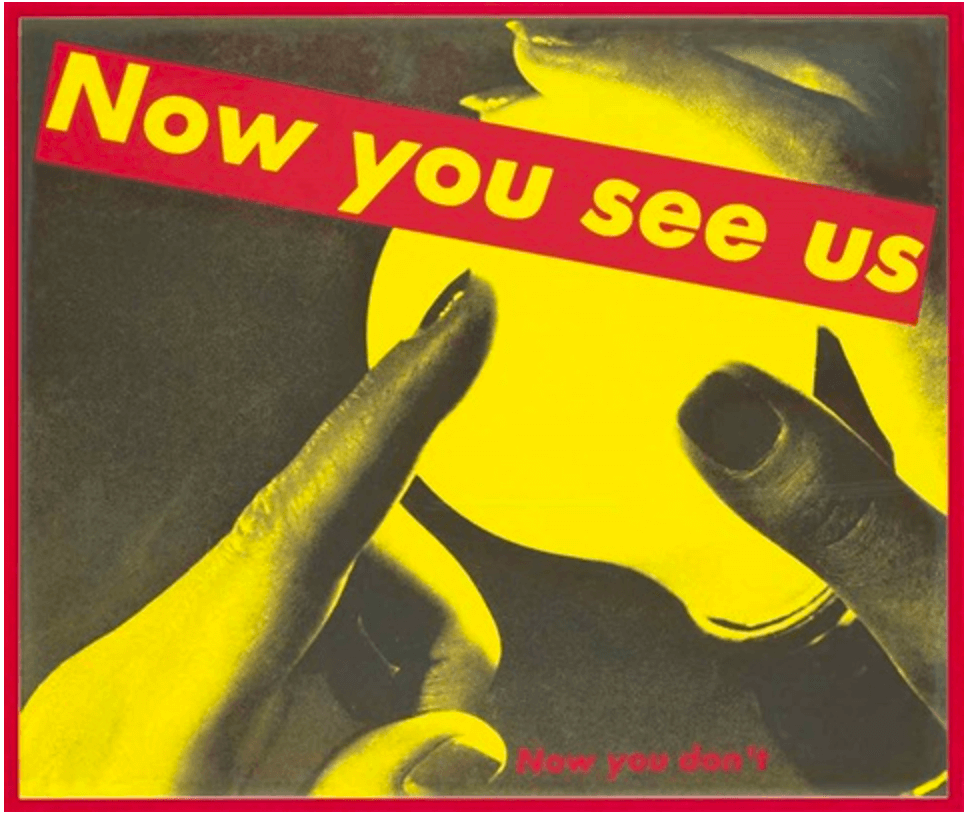

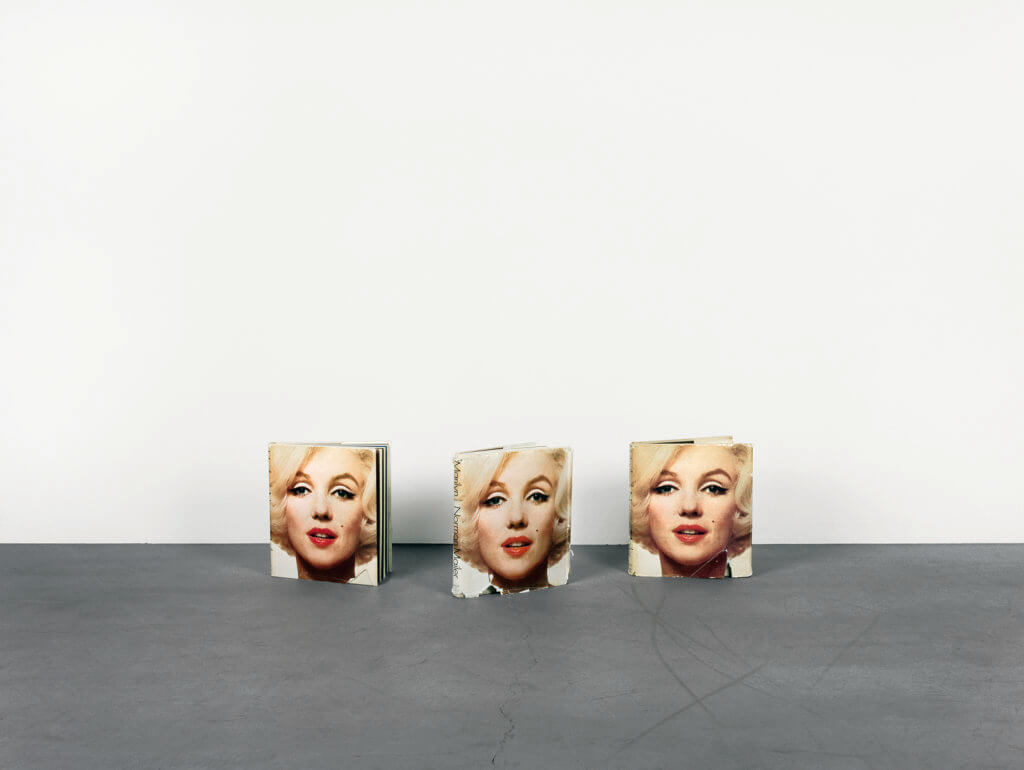
Courtesy of the artist; Anton Kern Gallery, New York; Marc Foxx Gallery, Los Angeles; The Modern Institute/ Toby Webster Ltd., Glasgow; Galerie Neu, Berlin / © Anne Collier.
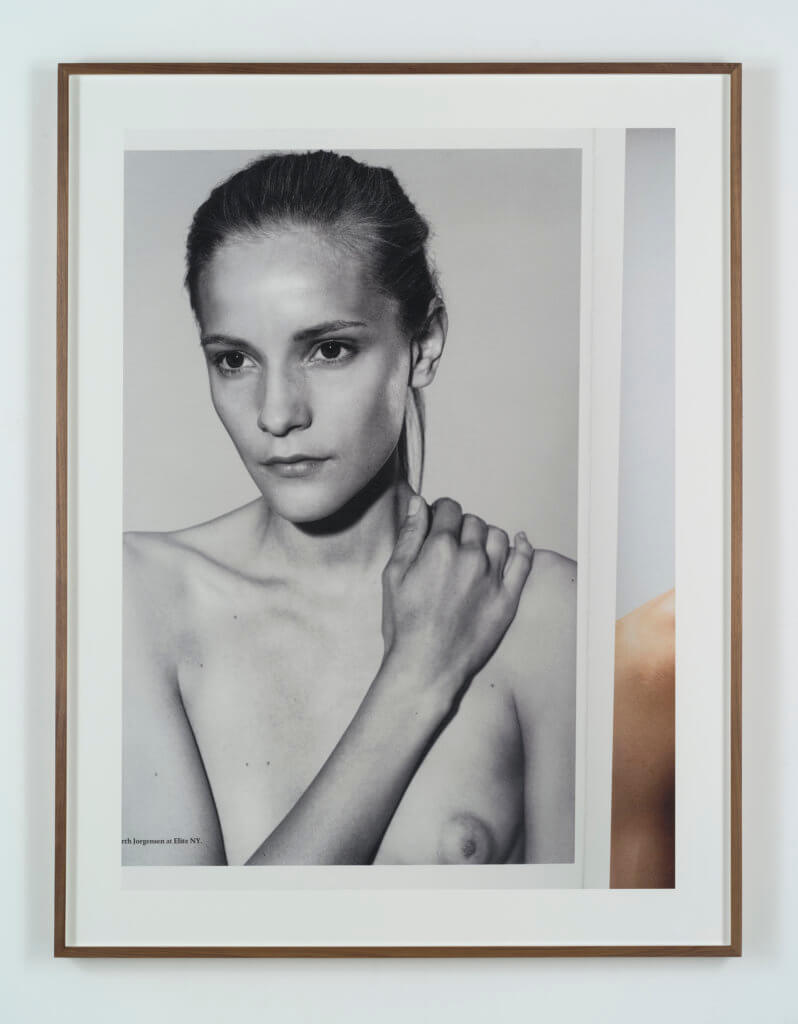

The Ends of Collage at Luxembourg & Dayan until May 13th
The exhibition unfolds in two parts across the gallery’s New York and London spaces. The title refers both literally and metaphorically to the ends or edges of pictures and fragments, where separate worlds come together or break apart from one another. The notion of ‘ends’ also implies a more adventurous proposition: that collage could be a historical event that ended, as the concept of ‘cut and paste’ has been repurposed in the context of all visual communication without the need for scissors and glue. Approaching collage as a set of technical and conceptual gestures, The Ends of Collage, spans over a hundred-years of medium, juxtaposing early experiments from the first decades of the 20th century with later innovations produced by artists at the dawn of the digital age in the 1970s and 1980s, through to works from the present day. The exhibition in New York has a stronger focus on the technical characteristics whilst the exhibition in London follows recurring themes such as the medium’s pursuit of fantastic worlds; the domestic environment; the disfiguring and dismembering of the human body; and collage’s violent relationship with its own sources of materials and inspirations.
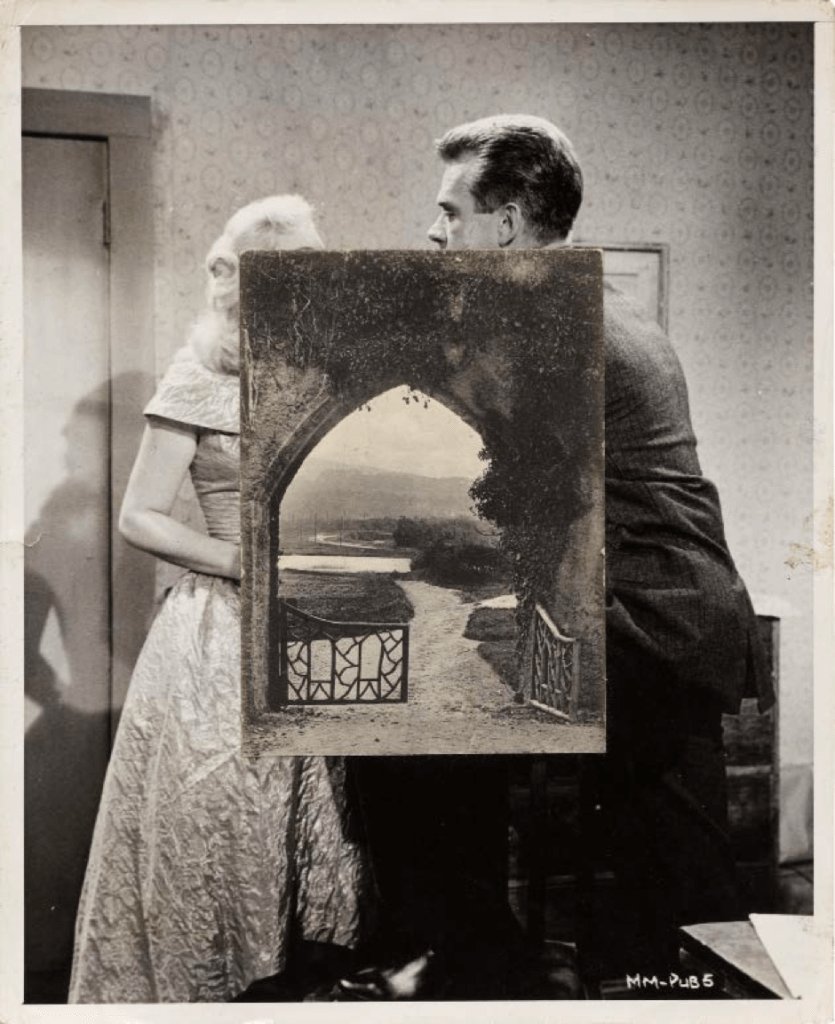
Photo: FXP Photography
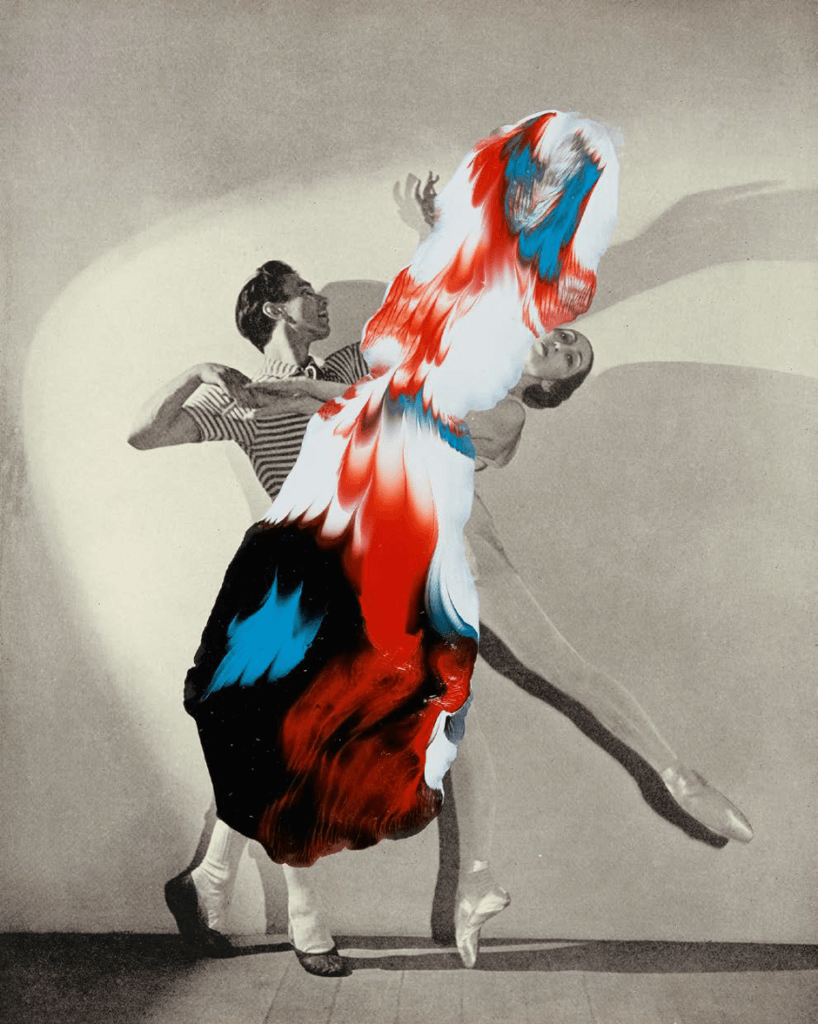
Superautumatisme, Grande Jeté XV, 2015 Enamel on magazine page
101/8 x 81/8 in. (25.7 x 20.6 cm.)
© The artist

